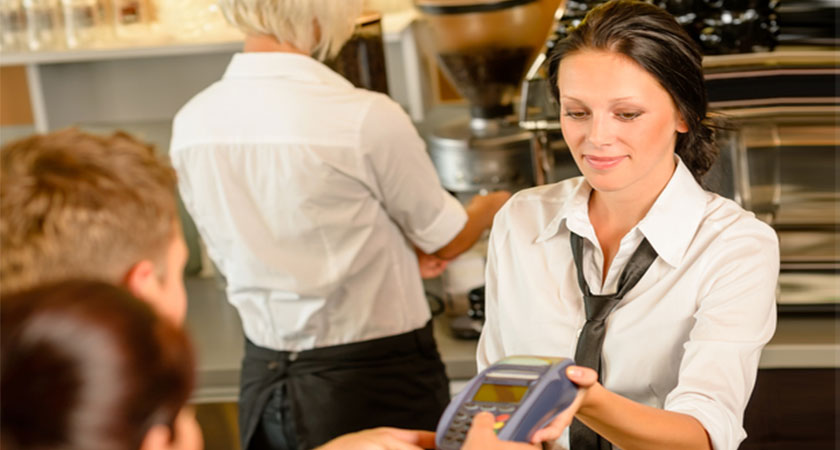Well, some restaurant owners enjoy the clink that the cash register makes each time it’s open. On the other hand, by upgrading to a POS system, you’re bound to get more customer satisfaction and overall better business value. If you run a busy restaurant, then the menu-planning feature incorporated in this tool constitutes one of the biggest cost-savers.
A POS helps you manage the massive data specific to restaurants
From allowing you to track sales in various categories to permitting your chef to plan the portions and meals, a restaurant POS presents the main advantage of showing you what is actually bringing the revenue in your diner. While many believe that POS systems are universal, take note that there are two substantial distinctions between software used by restaurants and retailers, namely:
The hardware and peripherals are different
A restaurant stands to gain a lot by upgrading to a system featuring a network connecting your wait staff orders to the kitchen. Ideally, your POS should provide the waiting staff with a wireless handheld device that allows them to communicate the orders to the chefs.
The software is different
Not only is the nature of the transactions performed in a restaurant distinct, but the items you’re actually selling are different as well. Because the meals are prepared in accordance with standard measurements of ingredients, tracking inventory and managing customization should be a priority.
Top features to look for in a restaurant POS
In case you’re new to this technology, be careful not to overbuy. Keep in mind that most restaurant POS work very well on standard PCs, so there’s no need to purchase additional hardware and peripherals. To make the most out of your POS system, you should invest in one that is easily customizable and that can meet the needs of your restaurant. In other words, you should go for a basic system that incorporates the following features:
1. Easy data entry
Let’s assume for a second that’s Friday night, you have a full house and the kitchen is running out of strip steaks in the middle of the rush hour. The chef’s only choice would be to replace it with another type of steak, but the problem would be that the new item is $3 more expensive. The ability to introduce this data quickly and easily into the POS system could save the kitchen staff and the chef a lot of headaches. Simply put, because they can perform the modification with ease, it means the personnel has more time to focus on cooking delicious meals faster for your hungry customers.
2. The retailer provides training for your staff
Before you purchase a POS system, make sure to look over the contract and see the amount of training the provider offers onsite. Don’t hesitate to negotiate on this aspect, as the more training your employees will receive, the faster you can integrate the POS into your operations.
3. A versatile system that adapts to your restaurant’s needs
As you settle in and get comfortable with the POS, chances are that you will require extra features and capabilities. Therefore, be certain that the system is versatile enough to accommodate the extra features and options that your restaurant could benefit from.
